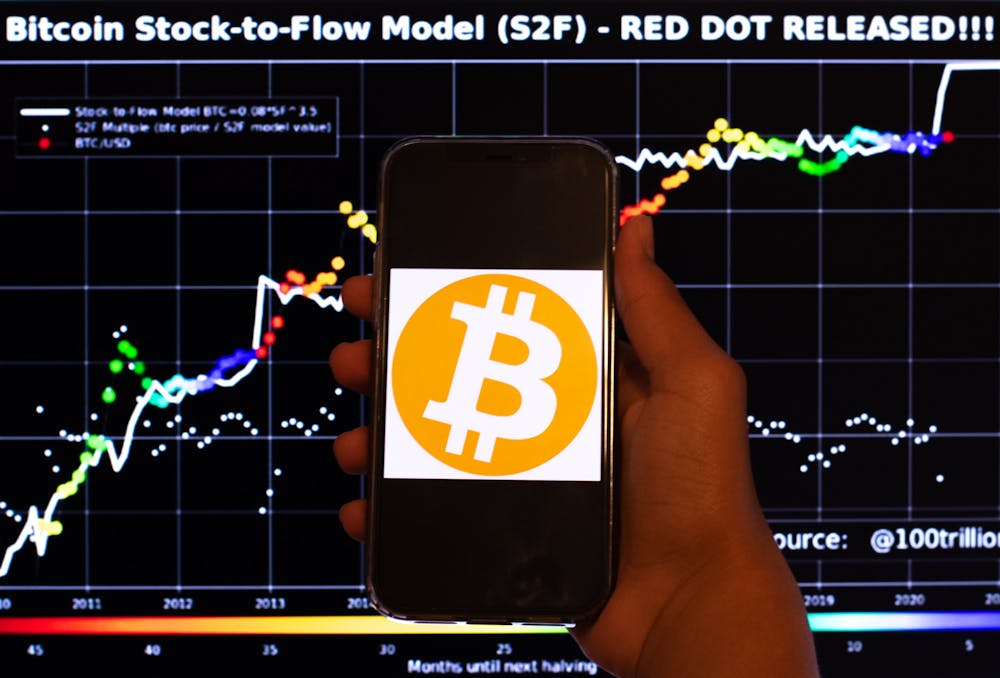"That’ll be $50 for 25 tickets, sir."
Try to picture that stereotypical old guy at the gas station who shows up every week to cash in an unhealthy portion of his paycheck for a chance at the Mega Millions. He swears to you that some combination of lucky numbers will be winners someday. This old man is, in essence, a crypto miner.
How does the old man increase his odds? He buys more tickets. How do crypto miners increase their chance of winning a block “lottery”? They buy more processing power.
These computers demand egregious amounts of electricity to solve the complex calculations involved in crypto mining, meaning that carbon dioxide is also produced in copious volumes. To clarify, we’re talking about nearly 37 million tons of carbon dioxide a year. Research suggests that Bitcoin itself could cause global temperatures to rise 2 degrees Celsius in the next 30 years.
Hash is king
If you know much about cryptocurrency, you may have heard the term "hash rate" before. It refers to the speed of a particular computer network, and directly correlates to how fast a server can mine a cryptocurrency. Just like the persistent old man, corporations or the individuals behind crypto mining operations desperately want to maximize their hash rate for the best chance of winning the jackpot.
Crypto mining plays a greater role than simply putting Bitcoin into the pockets of miners. The calculations involved in mining assist in the verification of transactions between users. Since there is no centralized institution to ensure the credibility of a crypto transaction, a record is sent to thousands of crypto miners so their computers can perform the calculations required for verification.
The lottery aspect of cryptocurrency serves as a carrot on a stick to incentivize miners to carry out this process. Essentially, each block of transactions is tied to a target number — this is the lucky lottery number every miner hopes to guess.
The first miner or mining pool (multiple miners working in collaboration) to do so wins the lottery — a specific sum of the respective cryptocurrency — and their record of the transaction block becomes immortalized within the blockchain.




